The Khumaar of Rafi and Shammi Kapoor
- Bipin R Pandit | panditbipin@yahoo.com
Shamsherraj Kapoor was the second son of the legendary Prithviraj Kapoor. While his father was a hugely respected theatre and film actor, his elder brother, Raj Kapoor, was an established superstar. But as luck would have it, almost all of Shammi Kapoor’s initial movies flopped—there must have been seven to eight flops in a row. Shammi was so dejected and disillusioned, that he thought of giving up acting altogether. But his wife, Geeta Bali, egged him to continue and suggested that he be different and do what he does best, unflinchingly.
Geeta Bali was a flamboyant star of her time. I’m sure she must have encouraged her husband to be a natural and helped him develop his innate talent onscreen. At a time when a big forehead was considered a sign of intelligence, Shammi Kapoor came out with a new hairstyle—he let a tuft of hair fall over his forehead. He worked hard on his signature dance moves too, and often deliberately move in the way that would rattle that tuft of hair on his forehead as well. He also started flaunting his gold bracelet while he was singing onscreen. It must be said here that Shammi had a regal and majestic personality. Shammi Kapoor also had a great sense of music. He used to practice his steps on his home terrace as a gramophone, gifted by the great Nargis Dutt, blared his favorite tunes.
 When Dil Deke Dekho was released in 1959, people loved Shammi for what he did on screen with the melodious compositions of Usha Khanna and the golden voice of Mohd Rafi to back him. Tumsa Nahin Dekha followed, and thereafter the hits kept on coming with China Town, Junglee, Kashmir Ki Kali, Janwar, Rajkumar, Bluffmaster, and so on.
When Dil Deke Dekho was released in 1959, people loved Shammi for what he did on screen with the melodious compositions of Usha Khanna and the golden voice of Mohd Rafi to back him. Tumsa Nahin Dekha followed, and thereafter the hits kept on coming with China Town, Junglee, Kashmir Ki Kali, Janwar, Rajkumar, Bluffmaster, and so on.
Rafi Saab was an established name, a singer par excellence whose voice did wonders to the careers of Bharat Bhushan, Pradeep Kumar, Rajendra Kumar, Joy Mukherjee, and many others. However, Shammi Kapoor was different. He was doing things and moves onscreen that no one else did before. He danced unusual steps, his style of romancing the heroine was rough, sans any tenderness. As compared to other romantic heroes like Dev Anand and Rajesh Khanna, Shammi’s style was quite rugged.
This explains why some of his movies had titles like Junglee, Janwar, Budtameez, Bluffmaster, Laatsaab, Rajkumar, and Prince, they went well with his quirky personality and onscreen presence. The media called him the ‘Rebel’ and justifiably so. Rafi Saab was so uncanny in picking up the nuances of his style, that Shammi did not have to look for any other singer beyond Rafi Saab. Be it the peppy and ever popular Chahe koi mujhe junglee kahe, Tarif karun kya uski, Suku Suku, the romantic Deewana hua baadal, Ishaaron ishaaron mein dil lene wale, Deewana mujhsa nahin, or my all-time favorite Is rang badalti duniya mein, or that somber yet melodious Dil ke jharokhe mein, one always thought it was Shammi Kapoor’s voice. And this is proof of Rafi Saab’s singing ability and versatility.
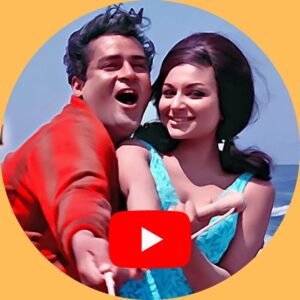 Shammi Kapoor always made it a point to be present when Rafi Saab recorded his songs. Shammi often made suggestions about the manner in which he wants a particular song to be sung, for he had planned his moves accordingly. Rafi Saab not only delivered what Shammi wanted but also improvised and did something better that often left the actor speechless.
Shammi Kapoor always made it a point to be present when Rafi Saab recorded his songs. Shammi often made suggestions about the manner in which he wants a particular song to be sung, for he had planned his moves accordingly. Rafi Saab not only delivered what Shammi wanted but also improvised and did something better that often left the actor speechless.
Another interesting incident comes to mind. Shammi Kapoor was to travel out of the country, on the same day Shakti Samanta, the director of An Evening in Paris, had planned to record the song Aasman se aaya farishta. Shammi was furious at Shaktida, but the latter tried to calm him down and made him listen to Rafi Saab sing that song. When Shammi heard the recording, he went ballistic and wondered how Rafisaab could deliver what he exactly wanted. Rafi Saab smiled and replied, “Prior to the recording, I simply asked on whom this song will be picturized and they took your name. That was all I needed.”
Even during the recording of Taarif karun kya uski, Shammi wanted Rafi Saab to stretch the song further and keep on singing the chorus at the end. OP Nayyar, the music director, said, “The song by itself is already long. We cannot stretch it further!” Shammi then asked Rafi Saab to intervene, who then coaxed Nayyar Saab to give in to Shammi’s request. Nayyar Saab agreed on one condition—if he didn’t like it, he will cut it from the final version. Rafisaab and Shammi agreed. So Rafisaab stretched his vocal cords, which left Nayyar Saab surprised. And the rest is history.
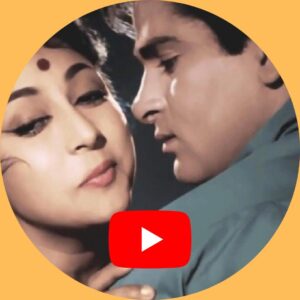 There have been many great actors & singers combinations in the past: Raj Kapoor – Mukesh, Dilip Kumar – Rafi Saab, Rajendra Kumar – Rafi Saab, and Rajesh Khanna – Kishore Kumar to name a few. Each of their songs was magical and it’s hard to say which combination reigned supreme.
There have been many great actors & singers combinations in the past: Raj Kapoor – Mukesh, Dilip Kumar – Rafi Saab, Rajendra Kumar – Rafi Saab, and Rajesh Khanna – Kishore Kumar to name a few. Each of their songs was magical and it’s hard to say which combination reigned supreme.
I have deliberately used the word Khumaar in the headline of this article. If you do not feel intoxicated after listening to O hasina zulfon waali, Aaja aaja main hu pyaar tera, or Aaj kal tere mere pyar ke churche, then there must be something wrong with you. In Raafi Saab’s voice, Shammi must have found something that was destined to take him to great heights. Would Shammi have been as successful without the great singer’s voice? To quote the actor himself, “I am incomplete without Rafi Saab.”
Shammi Kapoor would have excelled with the voice of other singers, he would not have become what he was, without Rafi Saab’s voice backing him up. No singer to date has his range, and he’s easily the finest male singer the country has ever produced.
To drive home my point, I want to state that there were many other great singers who sang for Shammi Kapoor; for example, Talat Mahmood sang Ai game dil kya karun, Hemant Kumar sang Ai dil ab kahin na jaa, Mukesh sang Socha tha pyaar hum na karenge, Manna De sang Yallah yallah dil le gayi, Chham chham baaje re paayaliya and Meri bhais ko danda kyon mara. Kishore Kumar sang for Shammi Kapoor in Subhash Ghai’s magnum opus Vidhataa in Saat saheliyaan khadi khadi. Kishore and Shammi remained great friends. In fact, they were to act together in a movie Ajnabee, but Kishorda passed away and the movie was never made.
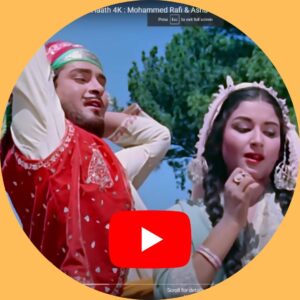 I must also make a special mention of the extremely talented musicians Shankar-Jaikishan and OP Nayyar, who knew exactly what their audiences wanted. They made perfect use of Rafi Saab’s voice to suit Shammi Kapoor’s style. Even RD Burman, who composed the soundtrack for Teesri Manzil, did complete justice to the Rafi – Shammi combo.
I must also make a special mention of the extremely talented musicians Shankar-Jaikishan and OP Nayyar, who knew exactly what their audiences wanted. They made perfect use of Rafi Saab’s voice to suit Shammi Kapoor’s style. Even RD Burman, who composed the soundtrack for Teesri Manzil, did complete justice to the Rafi – Shammi combo.
However, Shammi and Mohd Rafi shared a special connection. When Shammi left acting for some time in pursuit of spirituality, he used to visit his guru in Brindavan, every year during Guru Poornima. One day when he and his wife were leaving for his guru’s ashram in a Rickshaw at 4 am, a man on a bicycle yelled out to Shammi. The rickshaw stopped at once and the man told Shammi, “Aap ki awaaz chali gayee.” Stunned and a little confused, Shammi assured the man that his voice was okay. That’s when the man revealed that Mohd Rafi was no more. In that instant, Shammi broke down and cried. “Rafi Saab has done so much for me. It’s unfortunate that distance forbids to bid farewell, to a man whose voice was a key factor in giving me my stardom,” he told his wife.
Shammi was once asked by a journalist about Mohd Rafi, so he started singing the famous number Taarif karun kya uski jisne Rafi Saab ko banaaya. The journalist then asked about the numbers Rafi Saab sang for him, and Shammi started singing, “Tum mujhe yu bhula na payoge…”. Rafi Saab and Shammi Kapoor’s combination only shows how a truly strong bond originates from the heart. It does require a great team to churn hit after hit. It can take some time to establish a connection, but once the chemistry is established it can last forever.


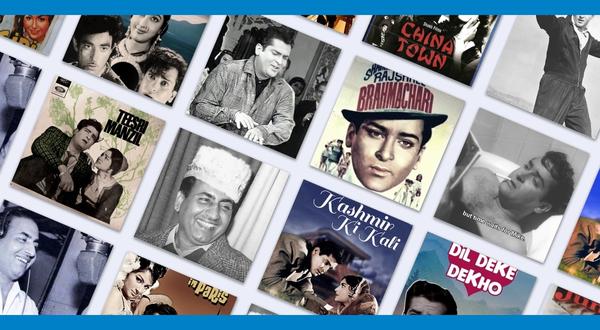
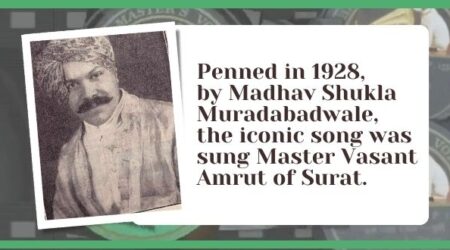
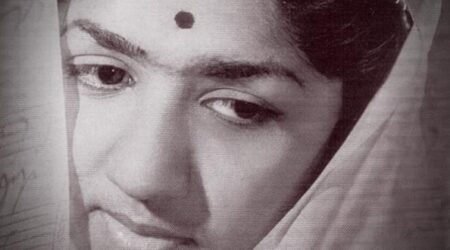
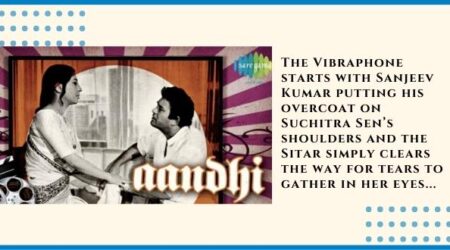
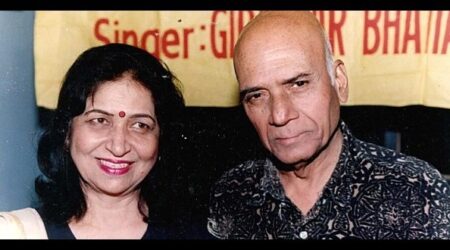
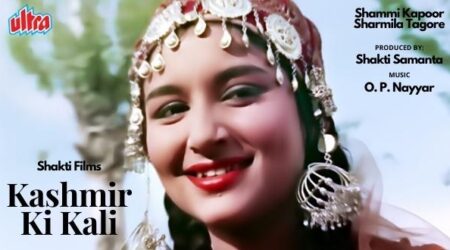
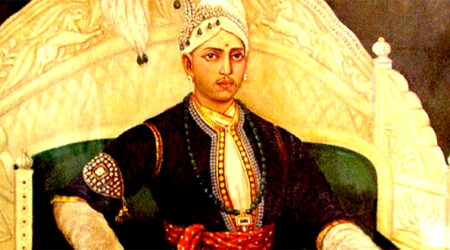

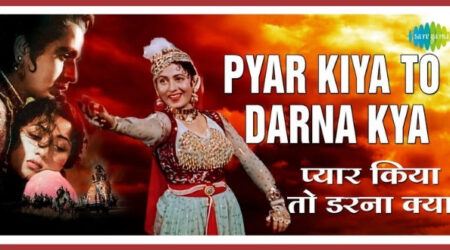
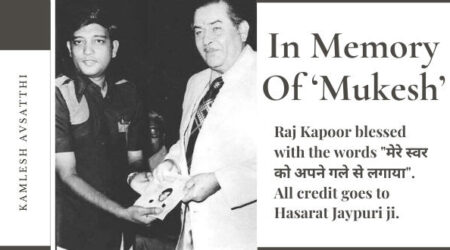


Comment (1)
Both of them are priceless to the Bollywood industry..may Almighty God blessed their souls.. ???